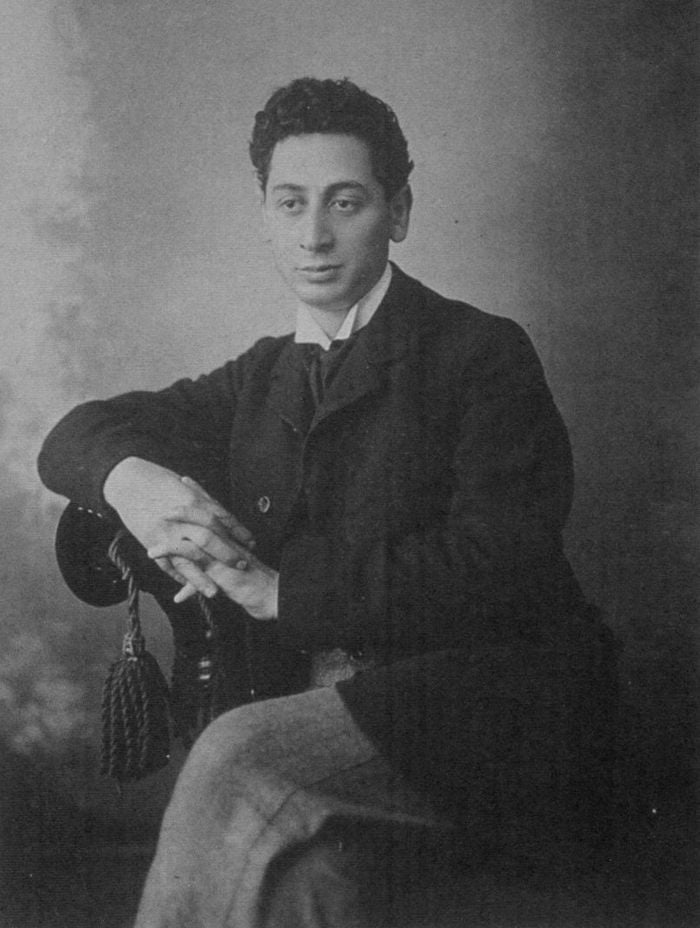Antiochus in Bactria and Beyond
In the following two years, Antiochus engaged in a prolonged struggle with his Bactrian counterpart, Euthydemus I, resulting in a stalemate. The prolonged siege of Bactra, the capital, proved fruitless, leading Antiochus to a crucial realization—he possessed the capability to defeat eastern adversaries, but lacked the resources to permanently garrison the vast region. Consequently, he opted for peace with Bactria. Euthydemus retained his crown, contributed elephants to the Seleucids Antiochus the Great and the Shifting Fortunes, and solidified the peace by having his son Demetrius marry Antiochus’s daughter.
Antiochus then ventured across the Hindu Kush into the Kabul valley, forging an alliance with one of the last Mauryan emperors of India, acquiring more elephants. Despite the campaign’s success, its strategic impact was limited, leaving Parthian and Bactrian states with the potential to pose future challenges.
Shifting Dynamics in the West
With the death of Ptolemy IV in 203 B.C., Egypt plunged into turmoil, attracting the attention of both the Seleucids and Macedonians. In the Battle of Panias (198), near the Jordan’s headwaters, Antiochus ousted the Ptolemies from the Holy Land. Simultaneously, he invaded southern Asia Minor, aligning with Macedonia’s Philip V, who dismantled Ptolemaic rule in Ionia and implemented a stricter governance Mystical Bulgaria Tours.
Pergamun and Rhodes sought Rome’s protection against the Seleucid-Macedonian alliance , fearing future aggression. Despite Rome’s initial disinterest in the distant Greek cities, unfounded concerns about a potential Seleucid-Macedonian threat led to Roman intervention. Further strained by Philip V’s support for Hannibal in the Second Punic War, Macedonia faced a decisive defeat by the Romans at the Battle of Cynoscephalae (197).








